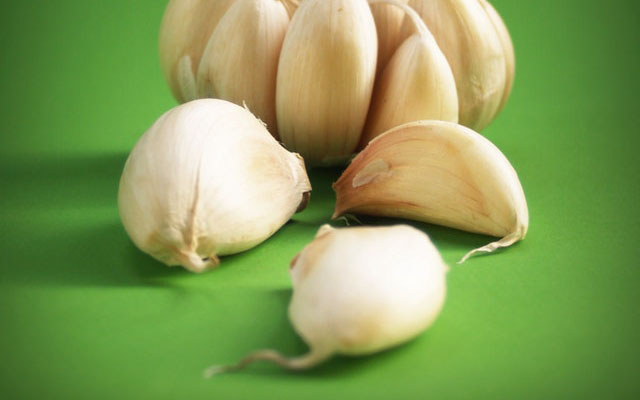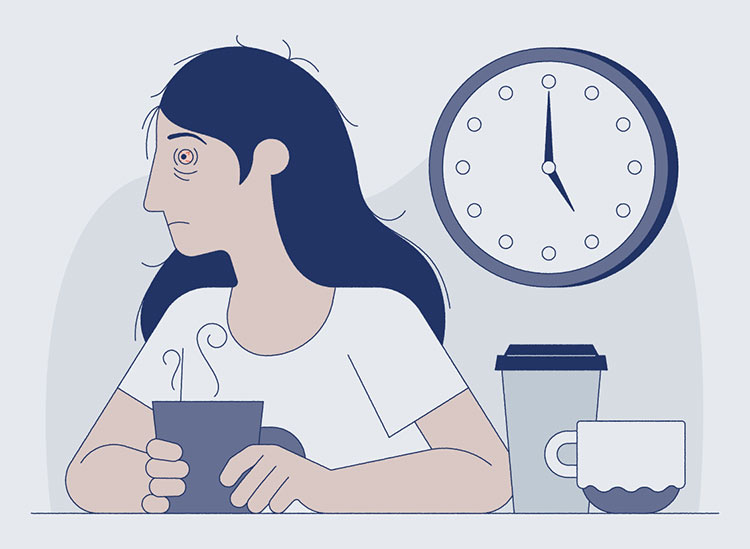Foreword
Antibiotics are among the most prescribed medicines in the world. As in the treatment of cancer, the use of chemotherapy, the use of painkillers for the relief of rheumatism, or the use of various vaccines, has antibiotics as supporters and opponents. Some people rightly emphasize the beneficial effects of this drug group in the fight against previous serious infections that are far from being awesome due to the discovery and further development of penicillin. Even diseases such as gastric ulcer, certain types of gastric cancer, or coronary artery disease have been found to be partly caused by bacteria and may be cured by antibiotic therapy.
Despite all this, even more doctors and scientists in the field of drug therapy are warning that excessive use of antibiotics can be fatal to mankind, as the most dangerous pathogens become increasingly resistant to pharmaceutical products. Many infections that can be treated with relatively harmless agents can now only be curbed with “big cannons” with numerous side effects, and the number of resistant bacteria in hospitals is increasing at a risk
, however, it is possible (except for life-threatening conditions) to give up antibiotics and treat infections with natural substances and methods instead of them.
By writing this book, I intend to introduce to all those who are consciously willing to do something about their health, what natural, antibiotic-effect substances can help to avoid excessive use of chemically-produced drugs.
Of course, this does not serve to take on the role of doctors and health professionals, but it can help you to understand the potential and benefits of natural therapies. You will be surprised, dear reader, how many different herbs are offered by the garden of nature, which, like antibiotics, inhibit the growth of bacteria or have a bactericidal effect.
Introductory
There are few medications that have revolutionized modern medicine as much as antibiotics. Almost randomly, doctors had a medicine that quickly and reliably overcome bacterial infections. Even 60 years ago, infections caused most deaths. However, due to the discovery of Sir Alexander Fleming, penicillin, pneumonia, tuberculosis (pneumonia), meningitis, typhoid, haemorrhage, or blood poisoning are no longer as frightening as we can get rid of them overnight. At least it seemed. However, soon after the introduction of antibiotic therapy, more and more people have pointed out that the microorganisms that are among the bacteria and against which newly discovered drugs act so quickly, they will find ways to avert the dangers they face. Resistant strains have emerged against which antibiotic agents have proven to be helpless. This is where the race for scientists working in state-of-the-art laboratories and the bacteria trying to adapt to the new living conditions has begun, which continues to this day. Many scientists firmly believe that we are on the right track to lose this competition. This is where the race for scientists working in state-of-the-art laboratories and the bacteria trying to adapt to the new living conditions has begun, which continues to this day. Many scientists firmly believe that we are on the right track to lose this competition. This is where the race for scientists working in state-of-the-art laboratories and the bacteria trying to adapt to the new living conditions has begun, which continues to this day. Many scientists firmly believe that we are on the right track to lose this competition.
The massive use of antibiotic wonder weapons greatly strengthens the development of resistance. There are widespread epidemics caused by antibiotic-resistant bacteria.
It should also be borne in mind that the killing of pathogens does not replace the functioning of the body’s immune system. Frequent use of antibiotics greatly disrupts the body’s natural balance of beneficial bacteria and microorganisms, thereby increasing the susceptibility to infections. As a result, various complaints may arise from lack of resistance to digestive disorders until fungal infections develop in the intestinal tract, genitals and skin, and even in the blood and throughout the body. The effectiveness of antibiotics is greatly impaired by the imprudent use of their ineffective and often harmful synthetic forms.
From the vicious circle outlined here, it can be a way out of the way to return to the materials that nature produces and uses to fight microorganisms. These natural antibiotics generally do not have a weakening effect on the immune system in the short or long term. They are well suited for combating mild to moderate infections and contribute to the survival of antibiotics they have been invented: strong and effective antidotes to life-threatening infections. Naturally, antibiotics come from the flora without exception, which are designed to protect themselves effectively from bacteria, viruses and fungi. These little creatures attack plants just like humans and animals, because they get food and thus they can multiply, and often cause serious damage to the host. Therefore, natural substances are often not only effective against bacteria (such as antibiotics used in medical practice), but also against fungi and viruses.
Knowledge of the most important and effective natural antibiotics allows you to effectively protect yourself and your children against infections, and if the disease has already developed, they can help you overcome the disease that you do not have to face the significant side effects of strong antibiotics. Natural, gentle, immune-stimulating herbs can also be used for prophylaxis, and not just for the treatment of infections already developed, as well as chemically produced antibiotics. So we no longer have to keep up with the rainy, cold seasons, and the cold, tonsillitis, bladder cavity or purulent dermatitis heal itself. The immune system is getting stronger and the infections are not suppressed before the body’s own defenses can be activated.
Natural antibiotics are now available in the form of valuable preparations that can be purchased at a relatively low cost in every pharmacy or bio-store and are easy to apply. However, if you want to take a deeper look at this topic, you will see that it is not difficult to get the active ingredients contained in herbs and herbal tea or essential oils, and to strengthen the resistance. Natural antibiotics have been successfully used for thousands of years in all cultures around the world. Despite the fact that only the modern research of the last century has made it possible to understand the mechanism of action of these materials, their use has become widespread based on many millennia of experience. Modern chemical and pharmaceutical technology often creates new opportunities and ways of making the most efficient use of natural materials. The roots of treatment, however, always lie in the strength of herbs that have existed for millions of years and in the millennial, careful observations of healers, doctors and shamans.





















